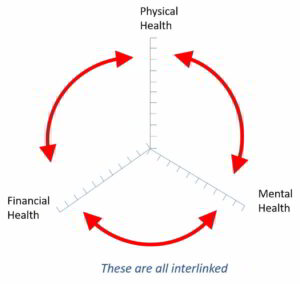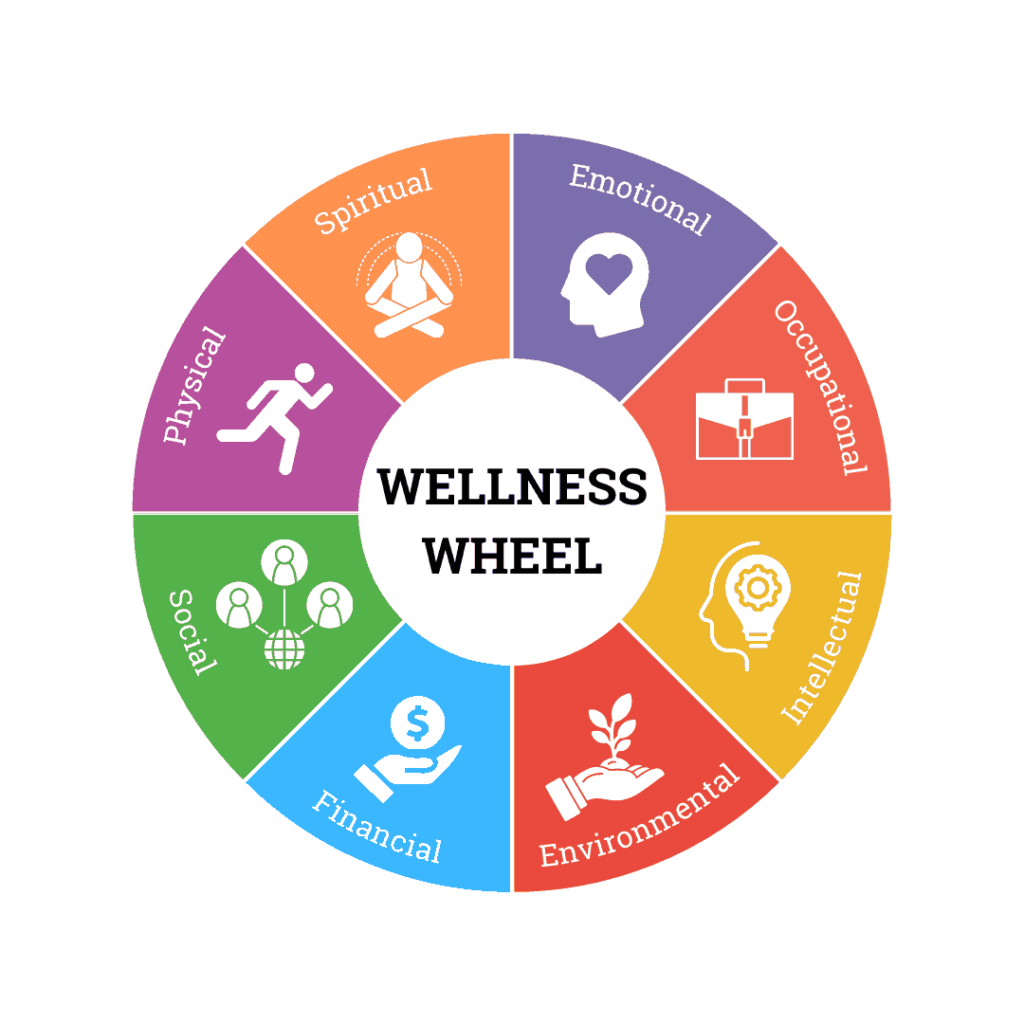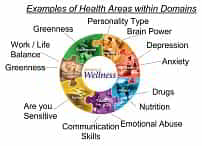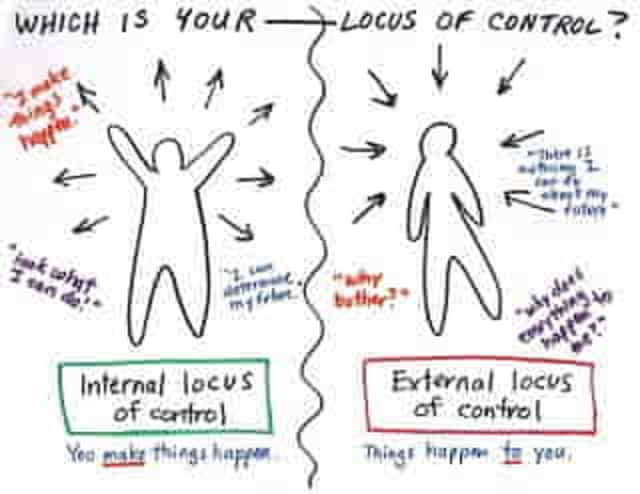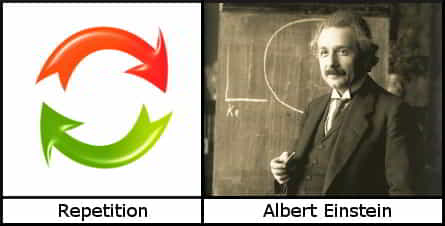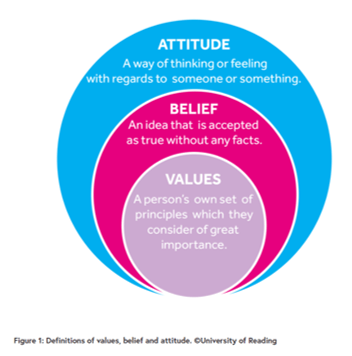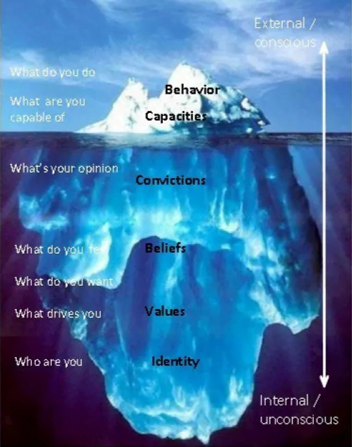Your Dashboard Tools
it's 03 Jan, 2025 3:44 am
Healthy aging advice, tips and plans
field_5f0c304c72876 - is the title of the exercise
Exercise Summary
The following was written by Adrienne Santos-Longhurst and published by healthline
How to Live Your Best Life as You Age
What does it mean to age gracefully?
You can’t stand in a checkout line without seeing at least a few magazine headlines about how to look younger. While dreading some wrinkles and sagging isn’t uncommon, there’s so much more to aging well.
Aging gracefully isn’t about trying to look like a 20-something — it’s about living your best life and having the physical and mental health to enjoy it. Like a bottle of wine, you can get better with age with the right care.
Read on to find out what to do and what not to do on your quest to age happily.
Main Activity
Study, educate and create an action plan of activity
1. Be kind to your skin
Your skin is your body’s largest organ Trusted Source. If you treat it with care, it can better protect your body from the elements, regulate your body temperature, and provide sensation.
To keep it looking and functioning at its best:
Wear sunscreen and protective clothing when outside.
Get yearly skin cancer screenings.
Stick to gentle products in your anti-aging skin care routine.
Stay hydrated.
2. Exercise
Regular exercise significantly lowers your risk of diseases, such as heart disease and cancer, and helps you retain your mobility longer. Exercise also lowers stress and improves sleep, skin and bone health, and mood.
2.5 to 5 hours per week of moderate-intensity exercise, 1.25 to 2.5 hours per week of vigorous-intensity aerobic exercise, or a combination of the two
muscle strengthening activities of moderate intensity or greater, that involve all major muscle groups, two or more days per week
Some examples of aerobic exercise include:
Walking, swimming, dancing, cycling.
Muscle- and bone-strengthening exercises can be performed using weights or resistance bands.
Focus on activities that include balance training in addition to aerobic and muscle strengthening exercises.
3. Mind your diet
Healthy foods are the way to go when it comes to aging gracefully.
fruits and vegetables, either fresh, frozen, or canned
lean protein, such as fish and beans
at least three ounces of whole-grain cereals, breads, rice, or pasta every day
three servings of low-fat or fat-free dairy, such as milk, yogurt or cheese that are fortified with vitamin D
healthy fats
Avoid using solid fats for cooking and use oils instead. Stay away from processed foods, refined sugars, and unhealthy fats.
You should also keep your salt intake to a minimum to keep your blood pressure down.
4. Mental health matters
Being happy and keeping your stress down goes a long way in helping you live and age well.
To keep your mood elevated:
Spend time with friends and loved ones. Meaningful relationships and a strong social network improve mental and physical well-being and longevity. Don’t forget your furry loved ones as having a pet has been linked to lower stress and blood pressure, reduced loneliness, and better moods.
Accept your age. There is evidence that people who maintain a positive attitude about aging live longer and may recover better from a disability. Aging is inevitable and learning to embrace it can make all the difference.
Do things you enjoy. Taking the time to engage in activities you enjoy will only fuel your happiness. Spend time in nature, pursue a new hobby, volunteer — whatever brings you joy.
5. Stay physically active
Numerous studies have linked a sedentary life to an increased risk of chronic illness and early death.
Some options to stay active are going on walks and hikes, taking vacations, and participating in group exercise classes.
6. Lower your stress
The effects of stress on your body are vast, ranging from premature aging and wrinkles to a higher risk of heart disease.
There are a number of proven ways to relieve stress, including:
using relaxation techniques, such as meditation, breathing exercises, and yoga
exercising
getting adequate sleep
talking to a friend
7. Quit smoking and decrease alcohol consumption
Smoking and alcohol have both been shown to cause premature aging and increase the risk of disease.
Quitting smoking isn’t easy, but there are resources available to help you quit. Speak to a doctor about how to quit.
As for alcohol, limit your intake to the recommended Trusted Source amount to avoid health risks. That’s one drink per day for women and two drinks per day for men.
8. Get enough sleep
Good sleep is important for your physical and mental health. It also plays a role in your skin’s health.
How much sleep you need depends on your age? Adults over 18 should aim for seven to eight hours sleep every night.
Getting enough sleep has been proven to:
lower the risk of heart disease and stroke
reduce stress and depression
lower the risk of obesity
reduce inflammation
improve focus and concentration
9. Find new hobbies
Finding new and meaningful hobbies can help you maintain a sense of purpose and keep you engaged throughout the course of your life.
Evidence shows that people who engage in hobbies and leisure and social activities are happier, experience less depression, and live longer.
Finding new and meaningful hobbies can help you maintain a sense of purpose.
10. Practice mindfulness
Mindfulness is about acceptance and living in the moment by focusing on the present. Practicing mindfulness has many proven health benefits that can help you age better, including:
improved focus
better memory
lower stress
improved emotional reaction
relationship satisfaction
increased immune functioning
To practice mindfulness, try:
meditation
yoga
tai chi
colouring
11. Drink plenty of water
Drinking enough water helps keep you regular and improves your energy levels and brain function. Coincidentally, it’s also been proven Trusted Source to help keep skin healthier and reduce signs of aging.
How much water you should drink depends on?
your thirst
your activity levels
how often you urinate and move your bowels
how much you sweat
your gender
Speak to a doctor if you have questions or concerns about your water intake.
12. Take care of your mouth
Not taking care of your teeth not only ages your smile, but also puts you at risk for gum disease, which has been linked to heart disease, stroke, and bacterial pneumonia.
Along with proper oral care, it’s important to see a dentist regularly.
13. See a doctor regularly
Seeing a doctor regularly can help the doctor find problems early or even before they start. How often you see a doctor depends on your age, lifestyle, family history, and existing conditions.
Ask your doctor how often you should go in for check-up and screening tests as you age. Also, see a doctor anytime you experience concerning symptoms.
Where to go for help
Though aging is inevitable, some people find it difficult to deal with the changes that come with getting older.
If you’re worried about your health, are having trouble feeling positive about aging, or worry that you’re not aging well it’s important to reach out for help.
Talk to someone you trust, such as a family member or close friend. Professional help is also available through a doctor or a counsellor.
Video
Title
Summary
Play
Now you have to decide if you want this exercise to be part of your action plan.
If you don’t, then either hit the back arrow or click the button to go back to look at another exercise.
If you do, then carry on down the page and follow the instructions.
If you want to include this exercise in your action plan, select Yes from on the right then click the green button saying ‘Include this exercise’.
Sadly you’ll go back to the top of this page – please scroll down and fill in the bits that appear before here.
Add a comment
You can leave a comment below – we’ll get back to you.
